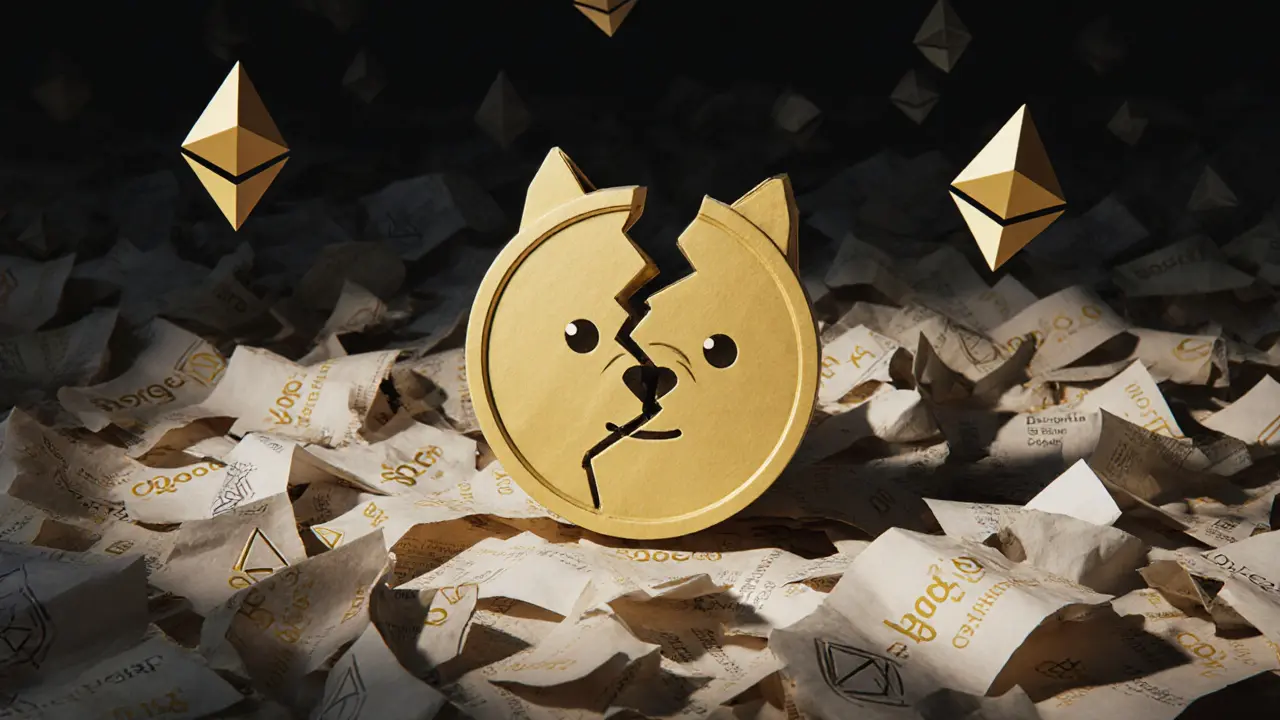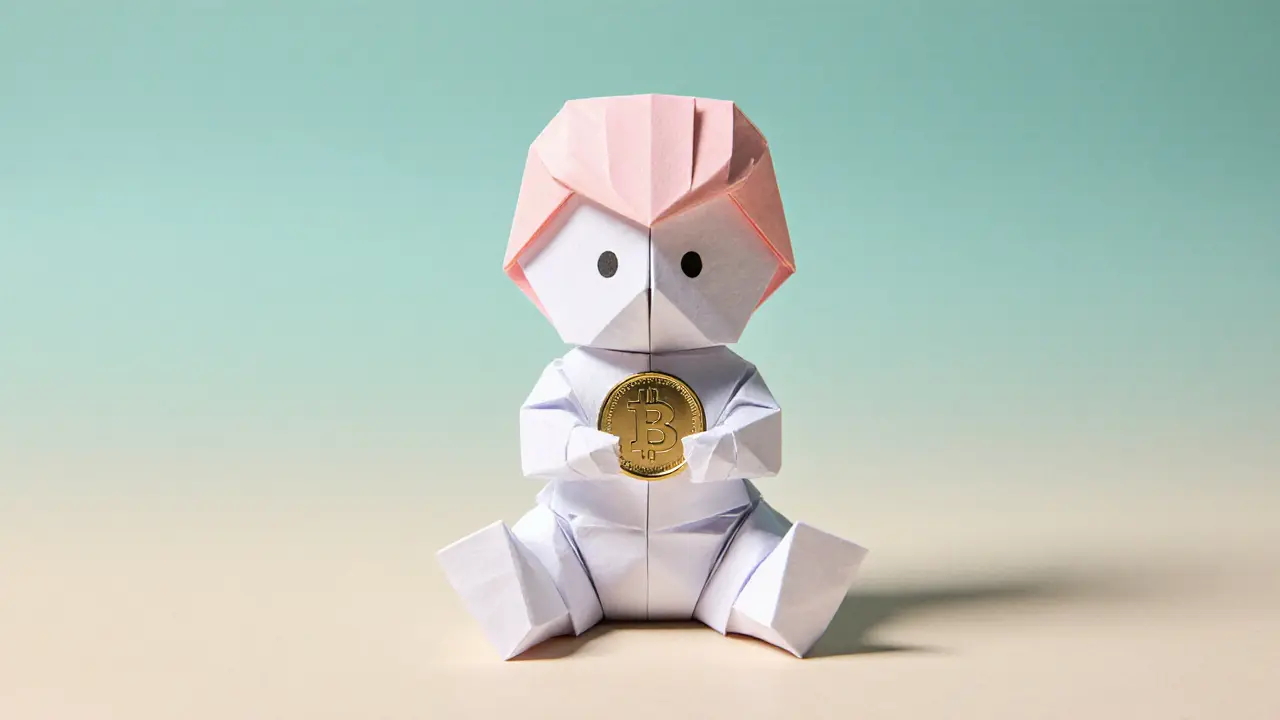All About Meme Coins – The Fun Side of Crypto
When talking about meme coin, a digital token that gains value primarily through internet memes, social buzz, and community hype. Also known as viral token, it thrives on humor, memes, and rapid online sharing rather than traditional fundamentals. Another big name in this space is Dogecoin, the original meme‑driven cryptocurrency that started as a joke but grew into a major market player. It’s frequently called DOGE. Close behind is Shiba Inu, a token that markets itself as the ‘Dogecoin killer’ and leverages the same canine meme culture, often abbreviated as SHIB. A newer entrant, ApeCoin, a community‑focused token tied to the Bored Ape NFT collection, shows how meme‑style branding can cross over into NFT projects, sometimes labeled APE. These examples illustrate how meme coins blend humor, community, and finance into a single, fast‑moving asset class.
Meme coins encompass three core attributes: (1) viral marketing that fuels demand, (2) low entry barriers that attract casual investors, and (3) high volatility that offers both big gains and sharp drops. Because the price often hinges on social sentiment, platforms like Twitter, Reddit, and TikTok become de‑facto price oracles. For instance, a single tweet from a high‑profile influencer can spark a 30% price swing in minutes. This dynamic creates a feedback loop: hype drives price, price draws attention, and attention fuels more hype. The result is a market where viral momentum matters more than technical fundamentals.
How Airdrops and Community Events Shape Meme Coin Success
Airdrops act as a catalyst for meme coin growth. By handing out free tokens to engaged users, projects boost wallet counts, spread brand awareness, and increase on‑chain activity. The meme coin space leverages this tactic heavily; many new tokens announce airdrops tied to social actions like retweeting, joining Discord, or providing liquidity. This strategy creates a network effect where every participant becomes a promoter. Moreover, community‑run events—such as meme contests, charity drives, or NFT giveaways—strengthen loyalty and keep the token in the public eye.
When evaluating a meme coin, look at three practical signals: (1) the size and activity of its social channels, (2) the transparency of tokenomics (total supply, burn mechanisms, allocation for developers), and (3) the presence of a clear roadmap or utility beyond pure speculation. Tokens that add real use cases—like payment for merch, staking rewards, or integration with gaming platforms—tend to survive longer than pure hype pumps. On the flip side, beware of red flags: anonymous teams, massive token allocations to founders, and promises of guaranteed returns.
Below you’ll find a curated list of articles that dive deeper into these topics. From detailed breakdowns of Dogecoin’s evolution, to step‑by‑step guides on claiming airdrops, to analysis of how meme coins interact with traditional DeFi tools, the collection offers actionable insight for anyone looking to navigate this high‑energy corner of crypto.



